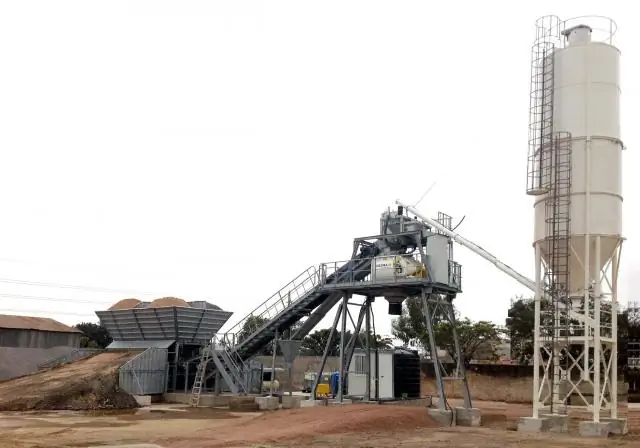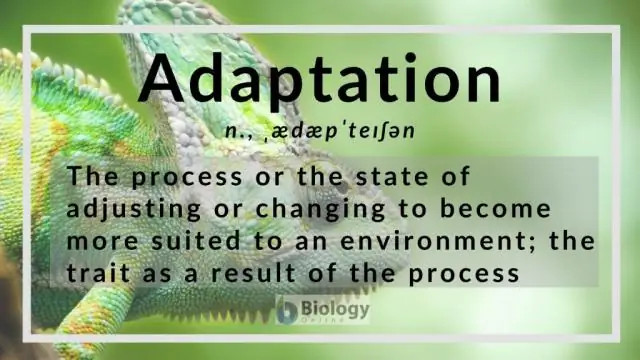- Author Rachel Wainwright [email protected].
- Public 2023-12-15 07:39.
- Last modified 2025-11-02 20:14.
Stretching
Extension (extensio) is a method of treating diseases and injuries of the musculoskeletal system, as well as their consequences, in which force is applied along the axis of the trunk and / or limb to overcome muscle retraction and eliminate the displacement of bone fragments, lengthen the limb, correct contractures, etc. P.
Traction types:
- Adhesive - produced for the skin using fabric strips attached to it with various adhesives; mainly used in children; one of the varieties of adhesive stretching - adhesive plaster, based on the use of strips of adhesive plaster;
- According to Lisunov (synonym: Lisunova traction) - underwater traction, during which the load is attached in the pelvic area of the patient, who is on an inclined plane, with the upper body fixed; used in the treatment of discogenic radiculitis;
- According to Mola-Buchelberger (synonym: Mola-Buchelberger traction) - traction carried out on the lower part of the patient's body when he is upright in a pool of water; is carried out for osteochondrosis and some other lesions (including the consequences of fractures);
- Simultaneous - carried out with a short-term application of force to reposition dislocations or reposition of bone fragments;
- Underwater - produced when a patient is immersed in water in order to simultaneously use its effect on the body (reducing muscle tone, etc.); used mainly for diseases of the spine;
- Permanent - carried out over weeks or months to lengthen or maintain the required position of the limb;
- Skeletal - constant traction, carried out using staples or needles with the application of force directly to the bone;
- According to Shede (synonym: Shede traction) - a method of traction used in children under 3 years of age with a fracture of the femur; carried out using adhesive plaster tapes, which are applied to the lateral surfaces of the vertically raised limb.
Found a mistake in the text? Select it and press Ctrl + Enter.






